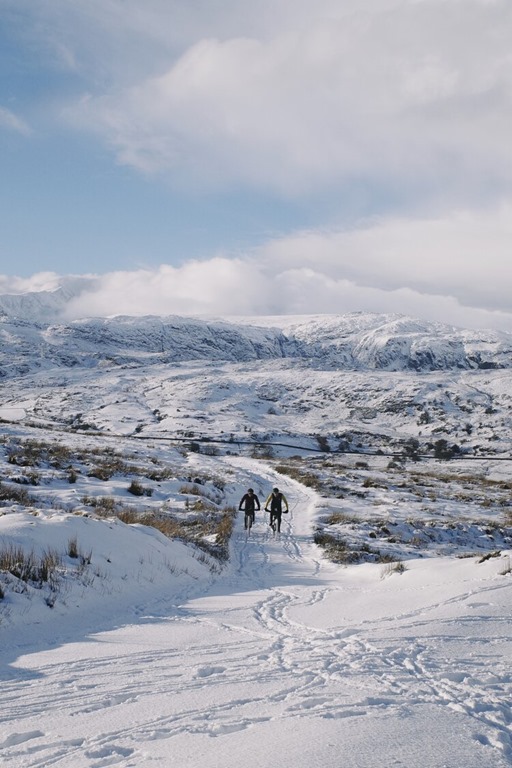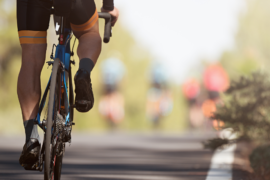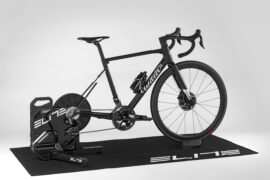Layering for winter
Many riders are put off by the very idea of riding throughout the winter, and motivation to get out can be harder to find when it’s cold and wet outside. Done properly however, layering your clothing properly can keep you riding and find enjoyment from riding when the mercury drops.
Base Layers
The first thing to get right is an appropriate base layer and investing in such can make the world of difference to your warmth out on the bike. Easily overlooked, the base layer is the layer that sits closest to your skin and is imperative that it is breathable as well as sweat wicking. Base layers made from either merino, or some technical fibers are the ones to consider as they will work when the weather turns.
Mid Layer
Normally a jersey, the choice of items will really depend on the conditions that you are riding in a. We would normally recommend a long-sleeve thicker piece as opposed to a thinner short sleeve jersey worn with arm warmers as this will allow for optimum comfort and regulation of body temperature. Yet again it is incredibly important that this layer is breathable and sweat wicking so that when stopped or riding at slower speeds the sweat doesn’t cool your body down. This layer coupled with a good quality base layer is often all you need when riding throughout the winter, unless of course the weather is particularly adverse in which case you will need an extra level of protection which we will discuss next.
Outer Shell
This is something that should always be carried when riding in the winter, especially given how unpredictable the weather can prove to be. There are two options when looking at outer shells, firstly the classic soft-shell which is usually water repellent and highly breathable and can sometimes substitute a mid-layer if light rain is likely. The other option is the more waterproof but sometimes less breathable layer which is the hard-shell jacket, designed to keep you dry when riding through heavy rain. We would normally recommend riding with a hard-shell jacket in the pocket of a mid-layer so that you have extra protection for if the weather takes a turn for the worse.
Bibs
Often overlooked, a good pair of bib tights can go a long way in making your riding more bearable in the winter. It is especially important to think about your knees and keeping them warm to keep your joints healthy, but you could also consider a bib tight that features some water repellency to keep the road spray and light rain from cooling you down. Winter bib tights often feature fleece as well to help keep you toasty.
Accessories
Gloves
Cold hands can become utterly unbearable on a long day out on the bike, so gloves are one of the essential pieces of winter kit that everyone should have with them. Not only are cold hands uncomfortable, but you can also loose dexterity and therefore control of the bike’s vital components in the brakes and gears. There are several options to choose from based again on the conditions the rider is likely to experience. Thinner gloves will offer a closer contact point with the bikes controls but perhaps offer less warmth in very harsh conditions.
Overshoes
Just as uncomfortable as cold hands, having cold feet on a ride can be enough to put you off riding your bike throughout the winter. Wearing an overshoe can really help to keep the water out and warmth in. A common mistake when it comes to keeping your feet warm is to wear a thicker sock or two pairs of socks under the shoe, which can often lead to reduced circulation and as a result, cold feet! You can choose from either.
Find our favorite items of winter clothing here – 2021 Autumn / Winter Clothing | We Cycle





